Deck & Commander Strategies
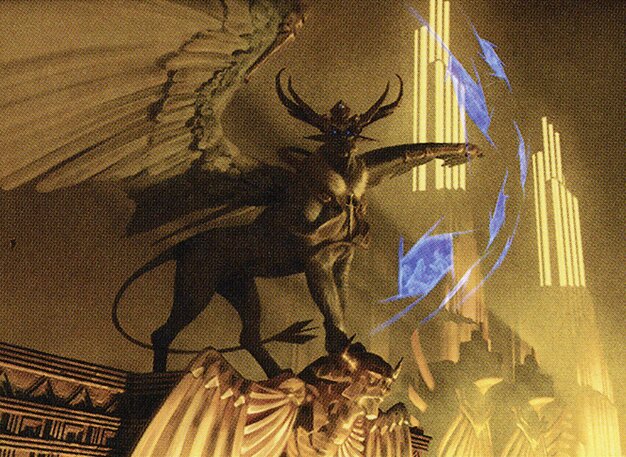
Raffine, Scheming Seer
Midrange connive deck that draws and filters cards to build a large graveyard, utilizing reanimation and lures to gain value and advantage.

Winota, Joiner of Forces
Aggressive combat-focused deck that leverages Winota’s ability to cheat in powerful humans and snowball an overwhelming board presence through combat damage.
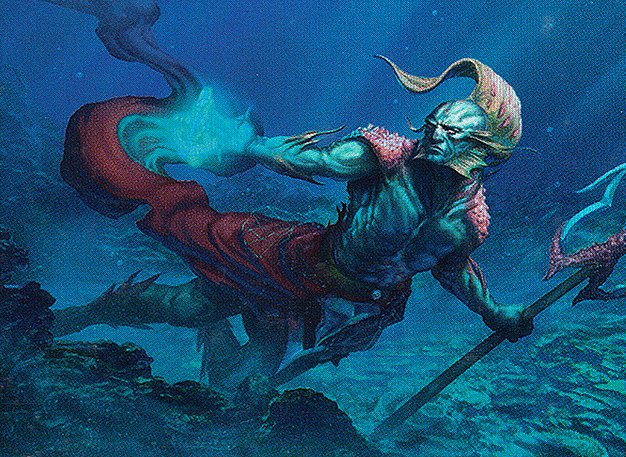
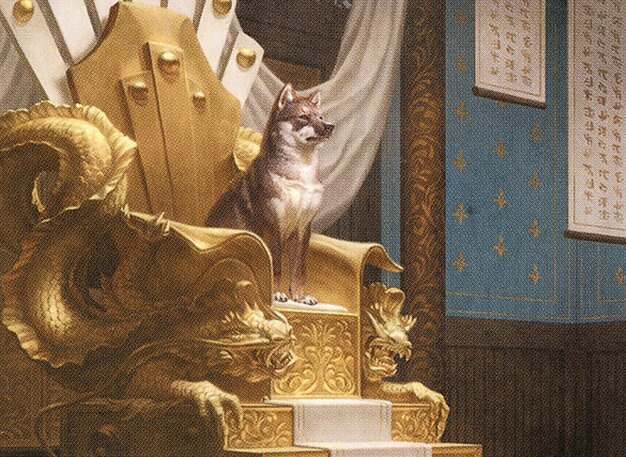
Thrasios, Triton Hero & Yoshimaru, Ever Faithful
Fast mana ramp into value creatures and counter synergies, aiming to generate incremental advantages and combo potential through Thrasios’s draw and mana abilities.
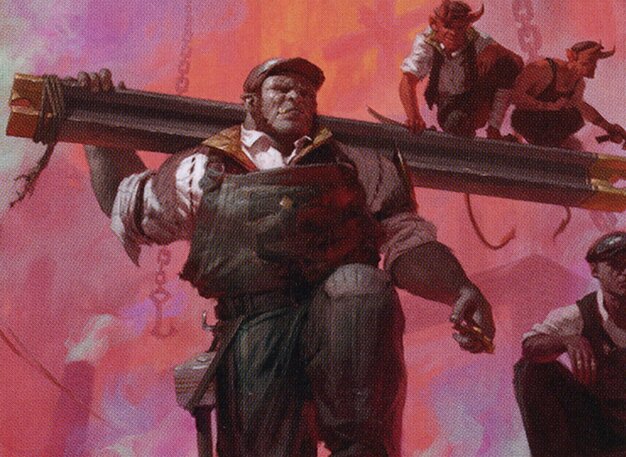
The Beamtown Bullies
Grindy graveyard deck that dumps weak creatures into opponents’ graveyards and reanimates them to disrupt and lock opponents out, aiming to win by decking or locking down the table.
Gameplay Insights
- 1
The Beamtown Bullies player used Torpor Orb to shut down Winota's token generation synergy, disrupting a major win condition.
- 2
Raffine’s use of connive and card draw helped recover from a slow start and set up for potential reanimation combos.
- 3
Winota’s aggressive early plays with Ranger-Captain and Sarena Ascendant put pressure on opponents and created a fast clock through combat damage.
- 4
Thrasios and Yoshimaru utilized mana dorks and artifact ramp to accelerate casting multiple spells per turn, aiming to overwhelm opponents with incremental advantage.
- 5
Strategic use of combat damage and treasure generation from Ragavan created additional resource advantages and card advantage.
- 6
Discarding and graveyard interactions were key, especially for Beamtown Bullies who leveraged opponents' graveyards as a resource for reanimation and disruption.
Notable Cards
-

Raffine, Scheming Seer
-

Winota, Joiner of Forces
-

Thrasios, Triton Hero
-

Yoshimaru, Ever Faithful
-
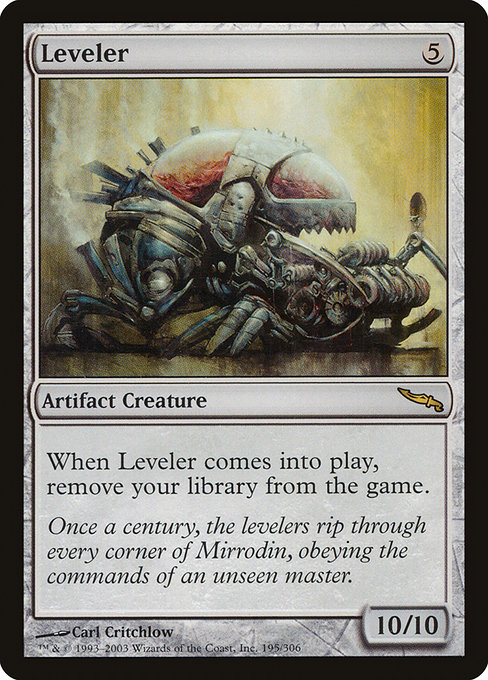
Leveler
-
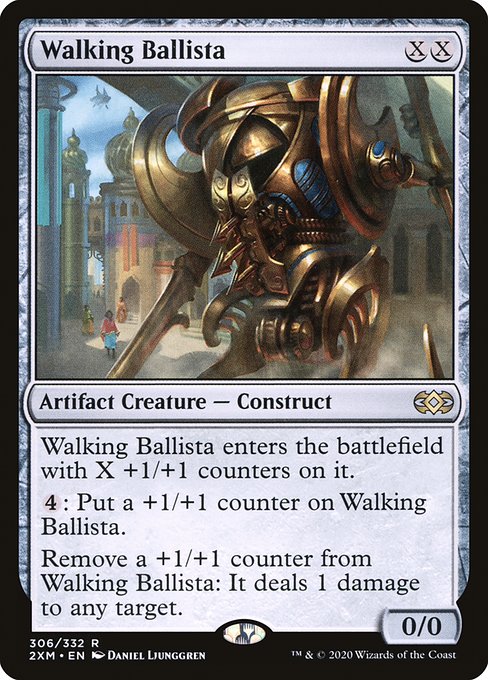
Walking Ballista
-
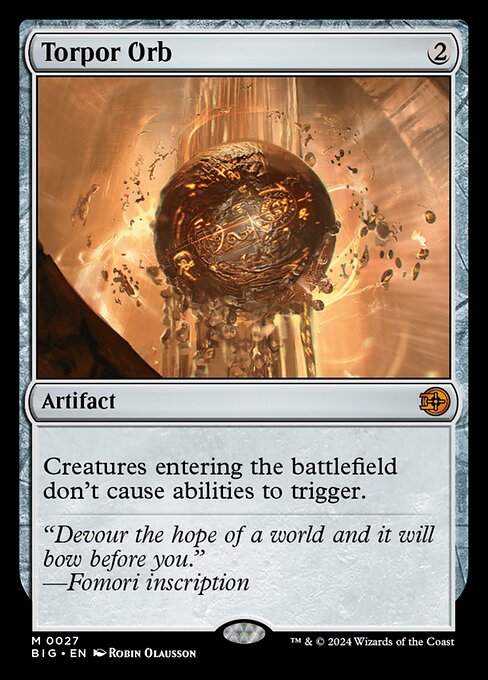
Torpor Orb
-
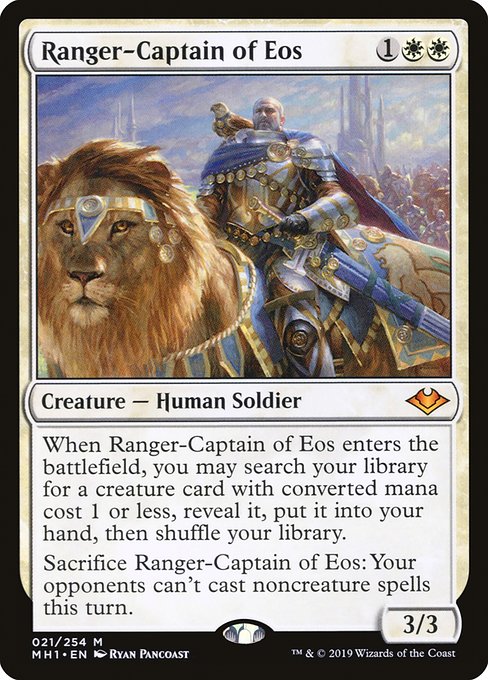
Ranger-Captain of Eos
-
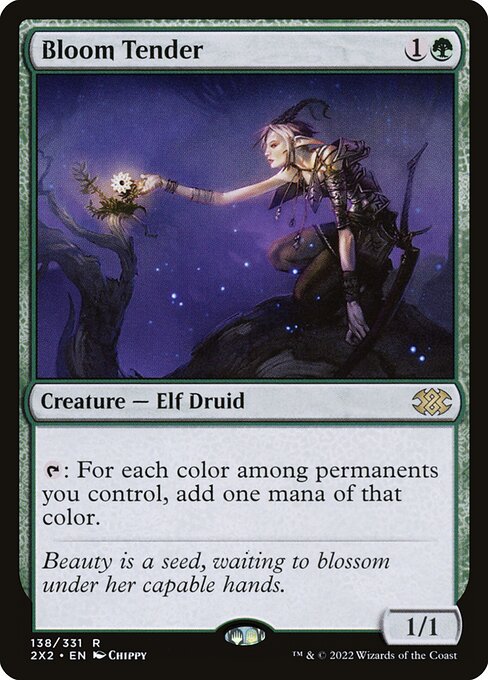
Bloom Tender
-
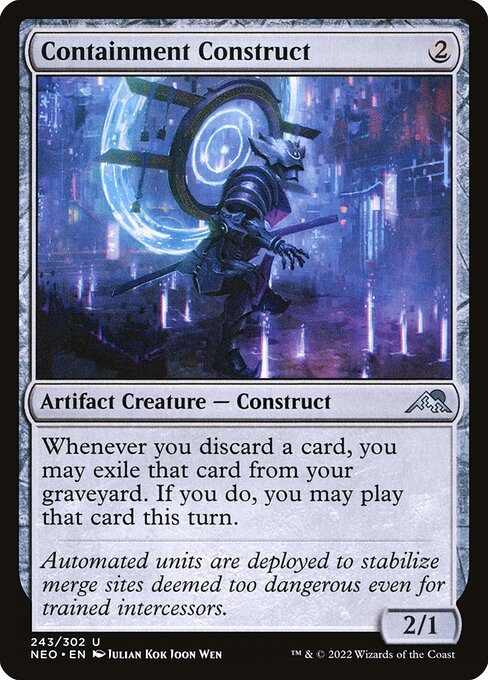
Containment Construct
-
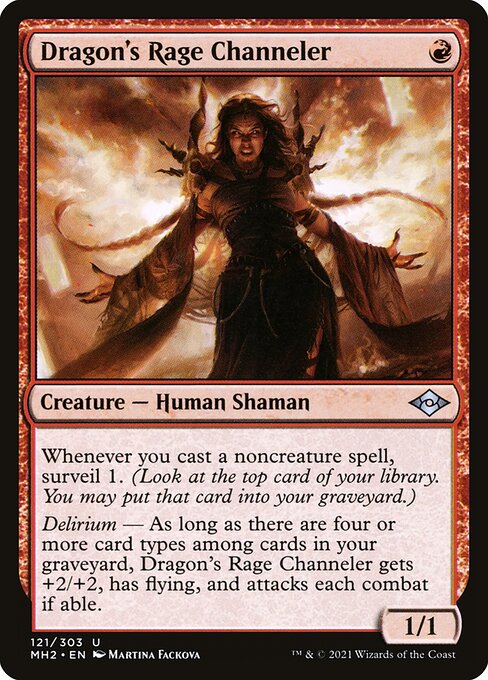
Dragon's Rage Channeler
Gameplay Summary
The game started with each player deploying their strategies around their chosen commanders.
Raffine focused on a midrange, connive-based plan with some reanimation elements, aiming to leverage card advantage through her ability.
Winota's player quickly established a board presence by casting creatures like Ranger-Captain and Sarena Ascendant, aiming to snowball through combat.
Thrasios and Yoshimaru's player ramped aggressively with mana dorks and aimed to generate value through creature synergies and counters.
The Beamtown Bullies deck took a slower, grindier approach by dumping bad creatures into graveyards to reanimate on opponents' boards, leveraging cards like Leveler to disrupt opponents and eventually win by tapping to remove their libraries. Key turning points included aggressive plays around Ranger-Captain and drum constructs that threatened card draw and tempo swings.
Winota's ability to generate tokens and pressure was notable, but the Beamtown Bullies player used lock pieces like Torpor Orb and containment constructs to mitigate some of this synergy.
Meanwhile, Raffine managed to claw back into the game with card draw and reanimation potential but struggled with a slow start.
The game saw multiple interactions around combat damage, card filtering, and graveyard synergies.
The Beamtown Bullies deck's disruptive elements and reanimation threats ultimately positioned it as a major threat, with potential to win by library depletion or direct damage from locked creatures, though the game was still in flux near the transcript's end.



























![Getting Bullied [Commander VS 290] | Magic: The Gathering Commander Gameplay thumbnail](https://i.ytimg.com/vi/nr6oROksAM8/sddefault.jpg)


![Raffine Tempo vs. Beamtown Combo [Duel Commander-EDH] - Magic: The Gathering thumbnail](https://i.ytimg.com/vi/ey8MTvVRsbM/sddefault.jpg)










